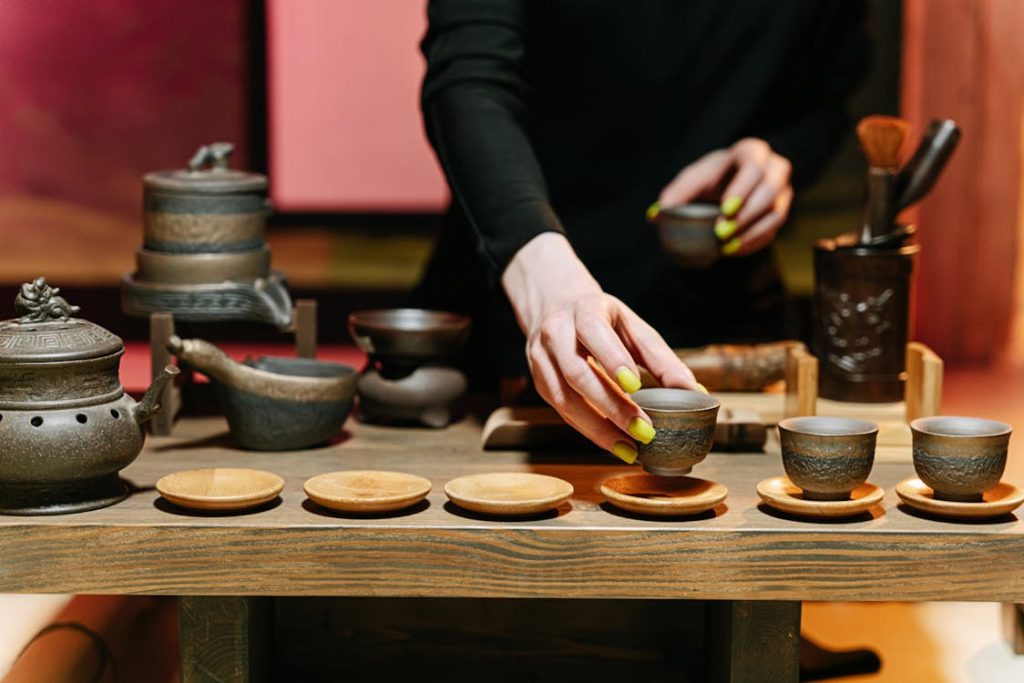
Tea transcends being just a beverage; it’s a sensory escape, a pathway to connection, and a key to both relaxation and vitality. For those seeking a sophisticated alternative to coffee, the selection of rare and high-quality blends offers unparalleled opportunities for indulgence and exploration. To fully appreciate this world, it’s essential to understand the nuances, identify the best selections, and learn how to savor them in ways that honor their unique qualities.

Rare and exclusive blends offer a taste of history and tradition, connecting drinkers to the terroirs where these unique leaves are grown. Single-origin teas, such as Darjeeling’s First Flush or Silver Needle from China’s Fujian province, provide vibrant, unadulterated flavors shaped by their specific environments. Timing matters:
Storage Tip: To preserve their delicate flavors, store teas in airtight containers away from moisture, heat, or strong odors. This ensures every cup retains the intended complexity.

Blending artistry: Modern tea artisans are combining traditional leaves with unexpected ingredients, creating memorable infusions. Examples include:
Take white tea infused with yuzu and elderflower, which features a crisp, citrus-forward character, perfect for late afternoons. Or enjoy butterfly pea flower tea, a stunning blue brew that shifts color to purple with lemon juice—a visual treat alongside its flavor (source).
Pairing Suggestions:
These combinations elevate both the tea and its accompanying foods, creating indulgent moments.

Tea as wellness: Many blends are tailored for health benefits. Examples include:
Brewing Tip: Enhance turmeric chai’s benefits with a pinch of black pepper to increase the absorption of curcumin, its active compound. This simple addition maximizes its healing potential.

Preparation matters: Brewing tea is an experience in itself, with each variety requiring specific attention to temperature, steeping time, and tools. For example:
Investing in tools like a variable-temperature kettle or a specialized teapot enhances both the ritual and the final product. One winter afternoon, I brewed Gyokuro in a Shiboridashi pot. Steeping it at 140°F revealed an umami richness that felt like a luxurious escape.
Practical Tip: Steep smaller quantities of loose-leaf tea multiple times, allowing flavors to evolve with each infusion.

Choosing responsible teas: Opt for brands that prioritize:
For example, biodynamic teas from Sri Lanka emphasize harmony with nature through practices that support biodiversity. Knowing the origins of your tea adds depth to the experience, transforming it from a beverage into a meaningful choice.
Why It Matters: Drinking sustainably grown tea creates a stronger connection to the environment and communities producing it (source).

Tea as a social activity: Hosting a tea-tasting event introduces others to your favorite blends and fosters connection. For variety, offer options like:
Hosting Tips:
During one evening, I served aged oolong with artisanal honey, sparking lively discussions about the interplay between its toasted nuttiness and the honey’s sweetness.
Pro Tip: Share curated tea samples with guests, encouraging them to continue their exploration at home.
By approaching tea as an art form, a health practice, and a way to connect, you uncover its full potential. With each sip, you’re not just enjoying a drink—you’re embracing a richer, more intentional way of life.




This section of articles cover a diverse spectrum of informative and engaging content that goes beyond borders of UAE and covers the rest of the World. From insightful explorations of scientific breakthroughs and technological innovations to captivating features on cultural phenomena and lifestyle trends, these articles provide our readers with a wealth of knowledge and inspiration. Whether uncovering the latest advancements in health and wellness, sharing tips for personal development, or spotlighting intriguing stories from around the world, this category serves as a trusted source of news and information.